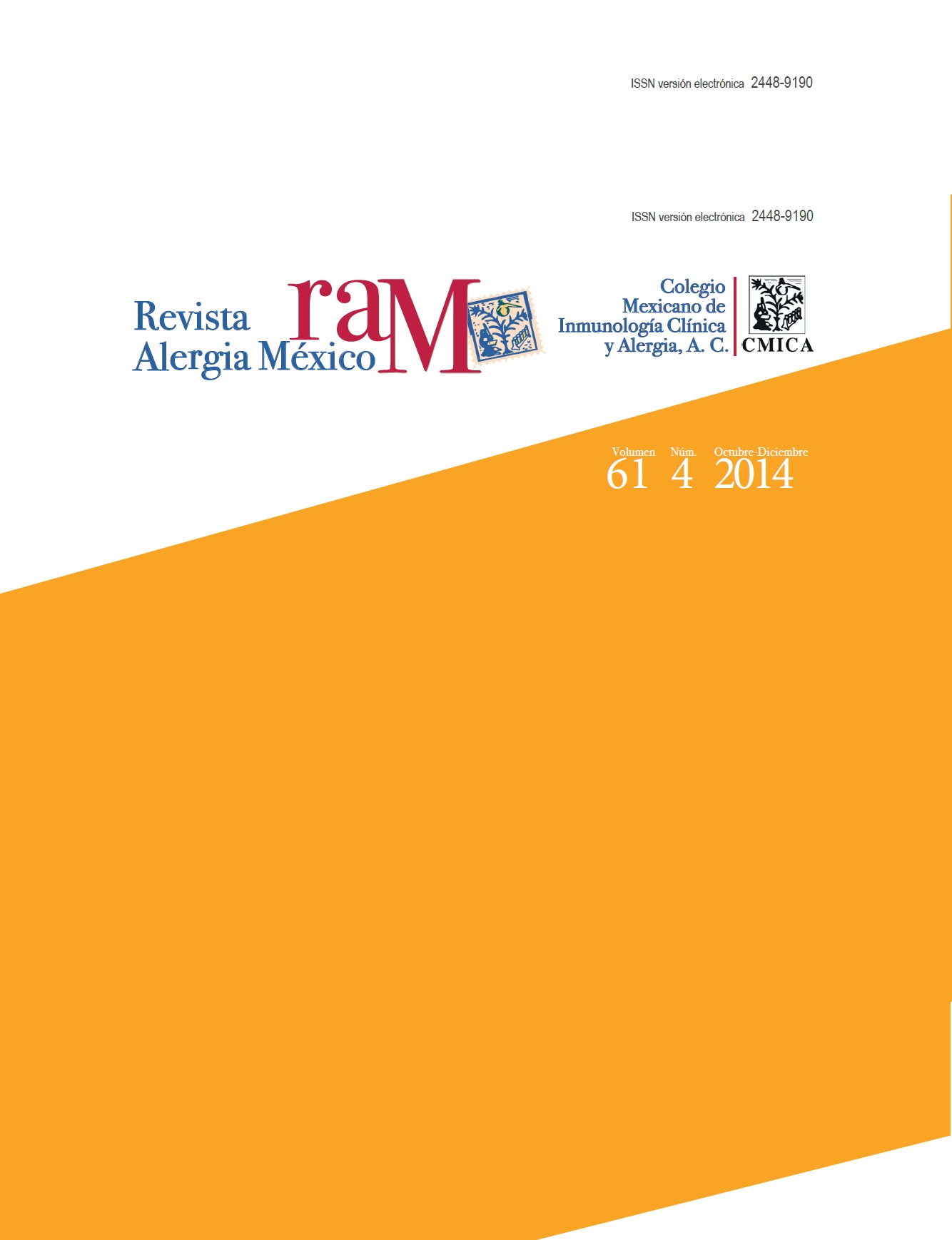Abstract
Adverse reactions to drugs are relatively frequent in clinical practice, and some of them can be life threatening. Reactions to contrast material (CM) represent an important percentage of these adverse reactions. It has been found that 70% of reactions to contrast material happen within the first five minutes of their administration. Despite the fact that hypersensitivity reactions are traditionally classified as non-allergic, in recent years investigators have reported positive skin prick tests in patients with immediate and late reactions to contrast material. This paper reports the case of a female patient with non-Hodgkin lymphoma that has presented on two distinct occasions adverse reactions to contrast material. We discuss on the type of reaction, severity, suggested prophylaxis, prognosis and recommendations, keeping in mind the underlying disease and the need to have further image studies performed.
References
Christiansen C. X-ray contrast media an overview. Toxicology 2005;209:185-187.
Palmiere C, Comment L, Mangin P. Allergic reactions following contrast material administration: nomenclature, classification and mechanisms. Int J Legal Med 2014;128:95-103.
Skin testing in patients with hypersensitivity reactions to iodinated contrast mediaa European multicenter study. Brockow K, Romano A, Aberer W, et al. Allergy 2009;64;234-241.
Bohn I, Schild HH. A practical guide to diagnose lesserknown immediate and delayed contrast media-induced adverse cutaneous reactions. Eur Radiol 2006;16;1570-1579.
Ring J, Messmer K. Incidence and severity of anaphylactoid reactions to colloid volume substitutes. Lancet 1977;1:466-469.
Brockow K, Kiehn M, Kleinheinz A, et al. Positive skin tests in late reactions to radiographic contrast media. Allerg Immunol 1999;31:49-51.
Barbaud A, Goncalo M, Bruynzeel D, et al. Guidelines for performing skin tests with drugs in the investigation of cutaneous adverse drug reaction. Contact Dermatitis 2011;45:321-328.
Lasser EC, Berry CC, Talner LB. Pretreatment with corticosteroids to alleviate reactions to intravenous contrast material. N Eng J Med 1987;317;845-849.
American College of Radiology (ACR). Manual of contrast media. 2012;7-10.

This work is licensed under a Creative Commons Attribution-NonCommercial 4.0 International License.
Copyright (c) 2014 Revista Alergia México





